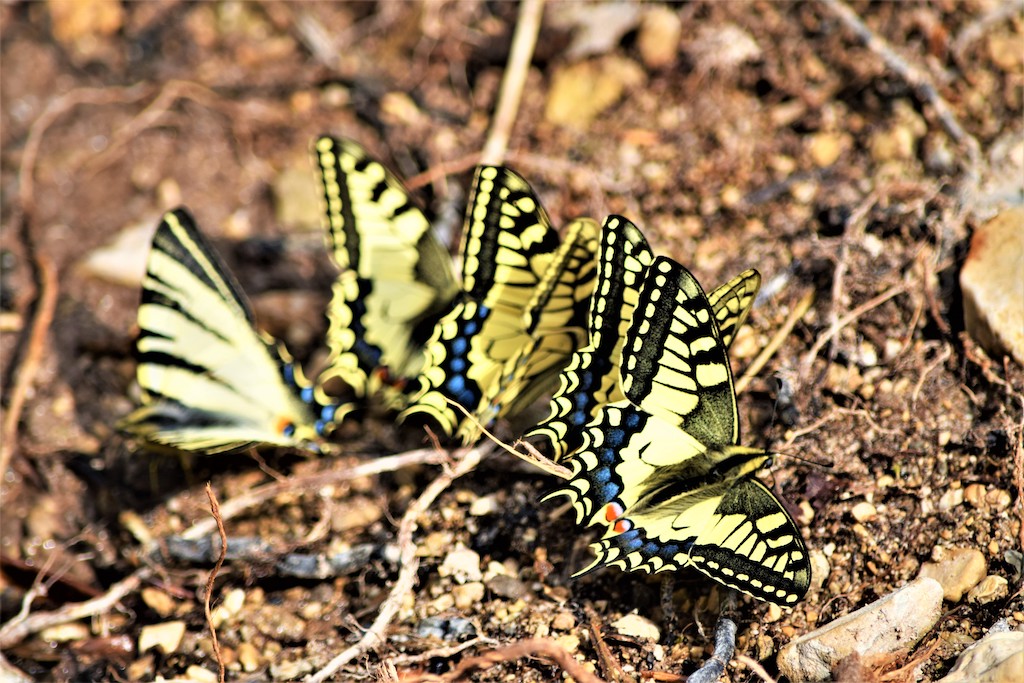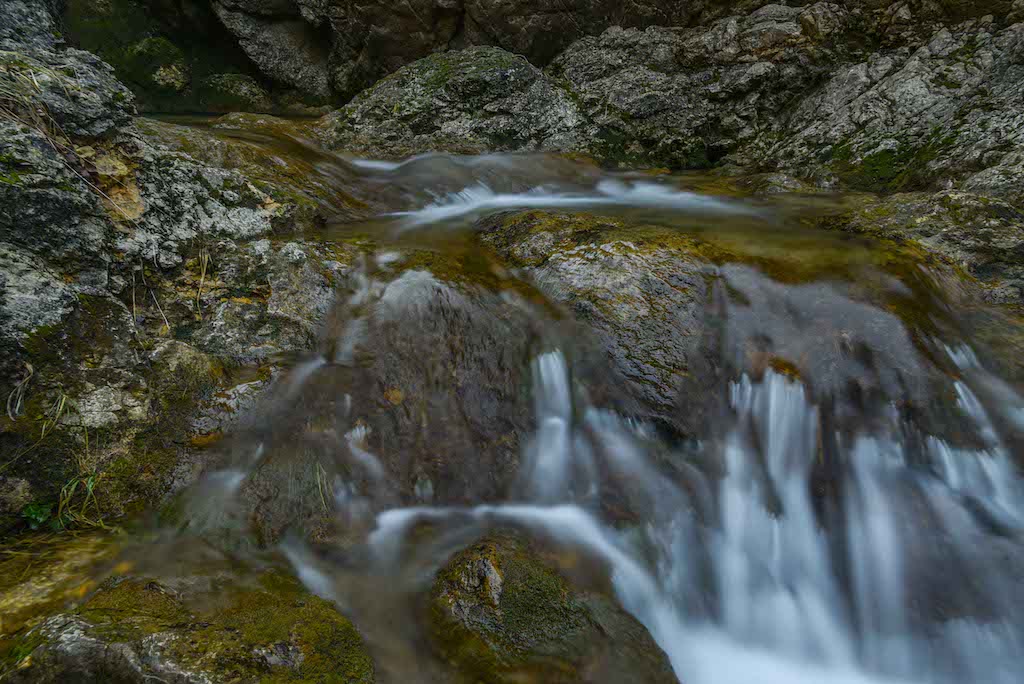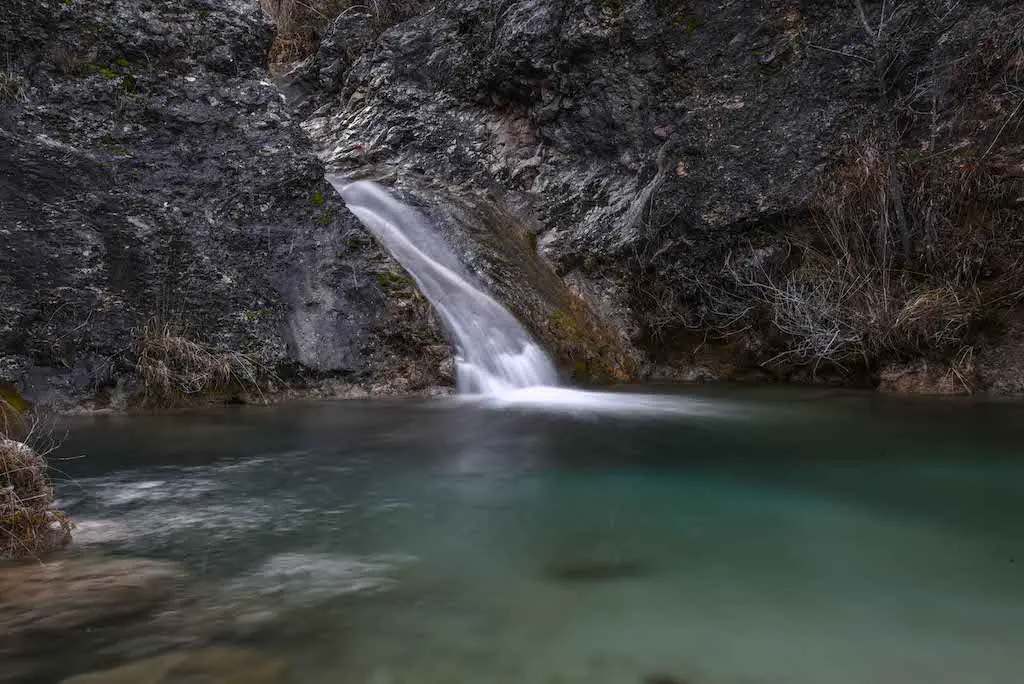About the significant Sutina landscape:
The significant landscape of Sutina was protected in 2000 on an area of 426.80 ha and includes the upper canyon part of the Sutina stream, a tributary of the Cetina. The canyon of the Sutina mountain stream, with its unusual arrangement of vegetation, is a typical example of botanical inversion. From the lowest point of the canyon towards the peaks of the surrounding hills grows beech (Fagus sylvatica), black hornbeam (Ostrya carpinifolia), white hornbeam (Carpinus orientalis), and oak (Quercus virgiliana), while on rocky meadows there is immortelle (Helicrysum italicum), sage (Salvia officinalis), Satureja Montana, oregano (Origanum), and thyme. Their nectar-seeking flowers are adorned by butterflies such as the swallowtail (Papilio machaon), white hawthorn (Aporia crataegi), and members of the families Pieridae, brush-footed butterflies (Nymphalidae), satyrs (Satyridae) and gossamer-winged butterflies (Lycaenidae).

Diverse vegetation, shrubs, hollows, and rocks allow many species of birds to nest. A mountain shepherd (Motacilla cinerea) nests on the cliffs of the canyon. The dense forests of the canyon are the habitat of the black beetle (Dryocopus martius). On the rocky plateaus of the protected belt in the grass, the crow bends its nest, as well as the partridge. Shrews and hawks nest on tall pine trees. At the exit from the canyon, where the erosive effects are strong and sandy slopes have formed, there are beehive canals in which this species raises its young.

In the dense forests of Sutina, with its karst, maquis, and rocky meadows, mammals such as wild boar, which is a permanent resident of these areas, as well as foxes, rabbits, white martens and badgers find food and breeding grounds. In the waters of Sutina, there are amphibians such as the yellow tortoise, the great green frog, and the spotted salamander. Shallow ponds that remain in the hollows of the canyon during the dry season enable the survival of trout and crabs. Of the snakes that inhabit this area, only the viper is dangerous to humans, and the wall lizard is the most common lizard.
According to the geomorphological composition, the Sutina canyon is built of limestone and dolomite, and the erosive action reveals many fossils to visitors. The Sutina stream is a torrent stream that is poor in water for most of the year. Its main source is located at the foot of the hamlets of Mijići and Jurići in the village of Sutina. However, the Sutina stream also receives water from other sources, among which the source of Bila vrila certainly stands out.
Next to this spring, there is an old mill, which is proof that the power of the Sutina stream has been used for ages.
The significant landscape of Sutina is managed, in accordance with the Law on Nature Protection, by the Public Institution for the Management of Protected Natural Values in Split-Dalmatia County.
The Sinj Tourist Board invites all those interested to join the action to raise awareness of the impact of man on the environment and awareness of the importance of its preservation.
All interested citizens and nature lovers can join the action. Kindly apply by e-mailing info@visitsinj.hr, stating the name of the action: Sutina – cleaning action, as well as the name and surname of the participant. The group will meet at 8 am in the settlement of Đipalo. In case of bad weather conditions, the action will be postponed and participants will be informed in a timely manner.












